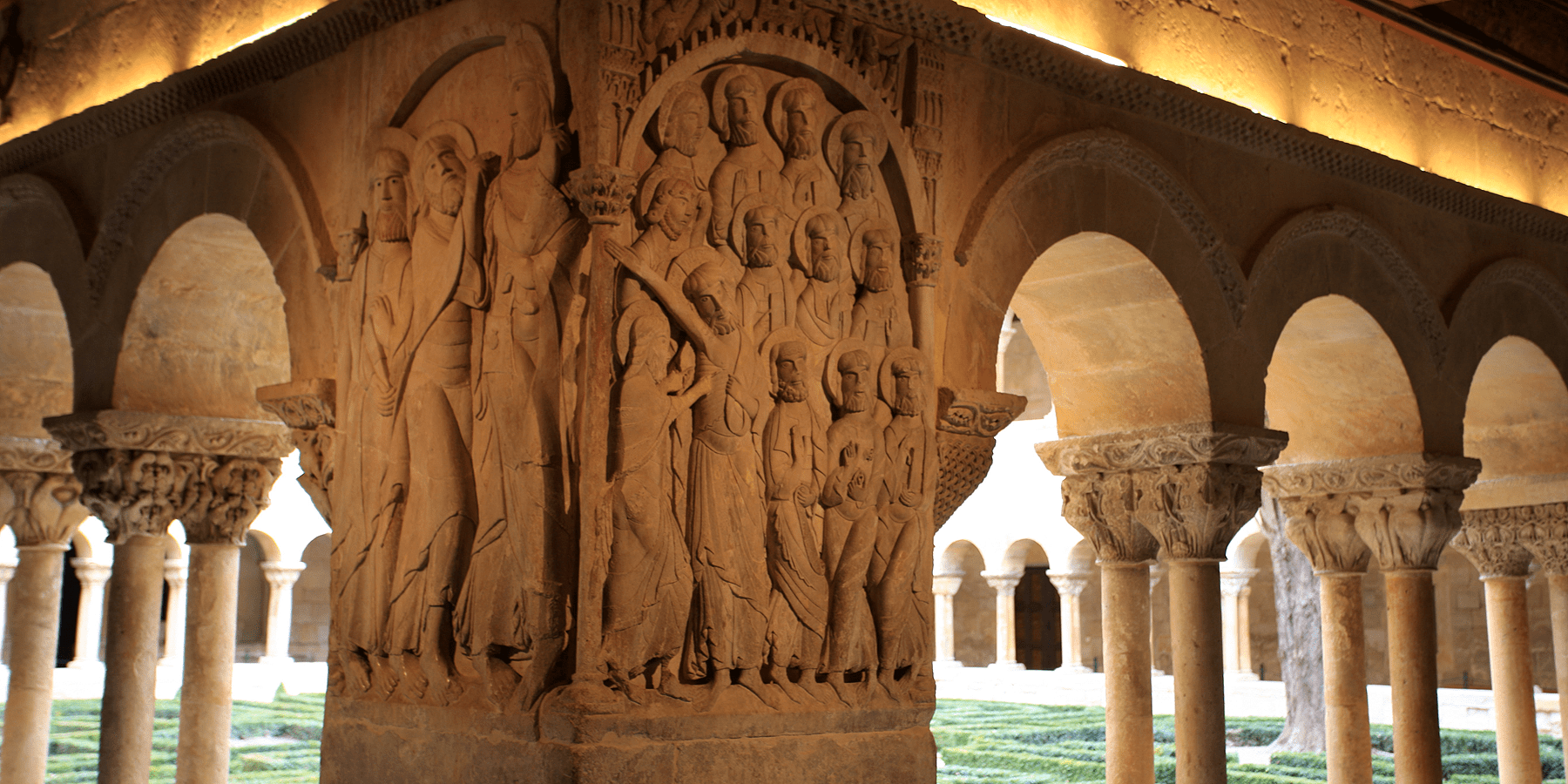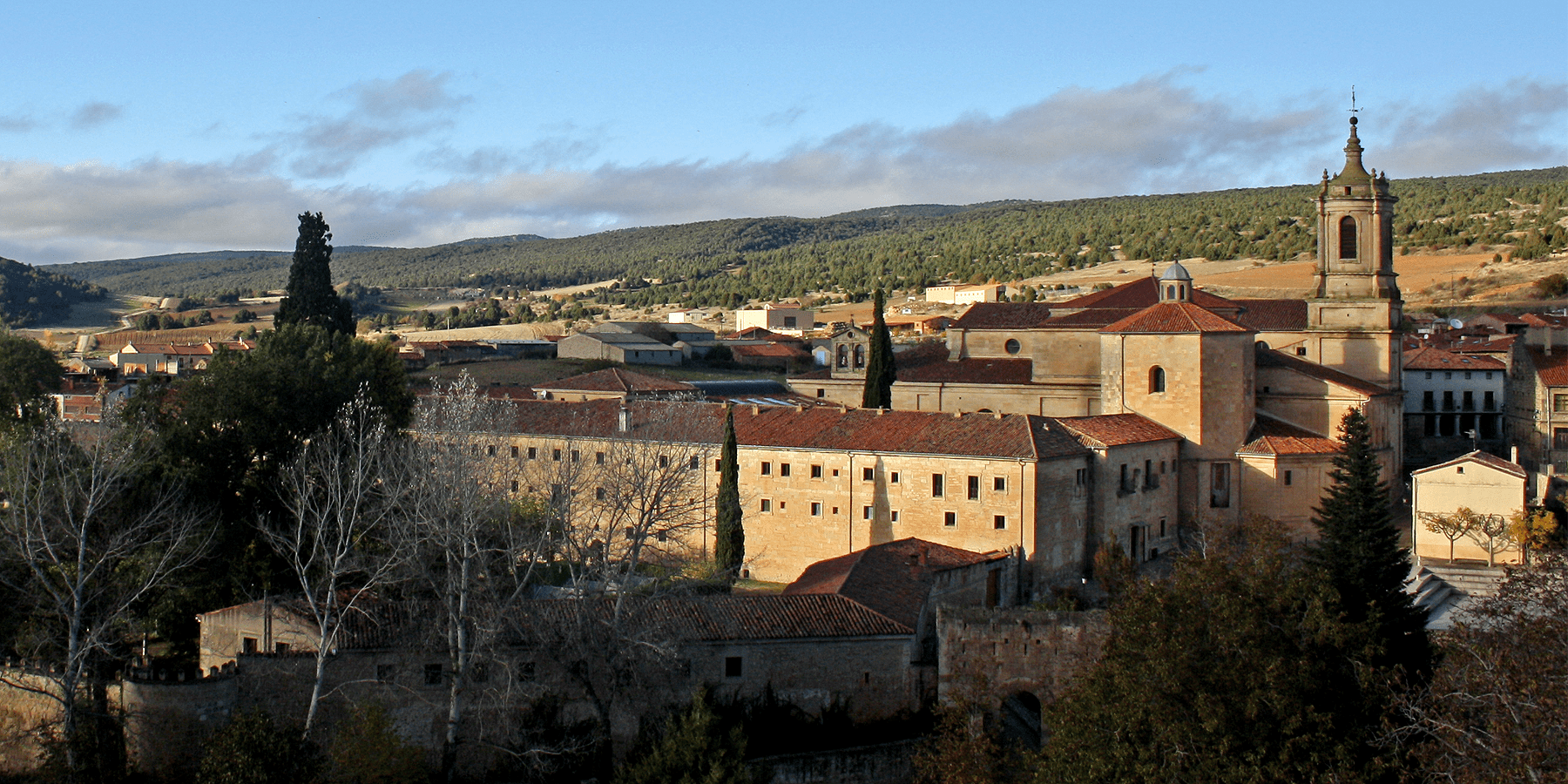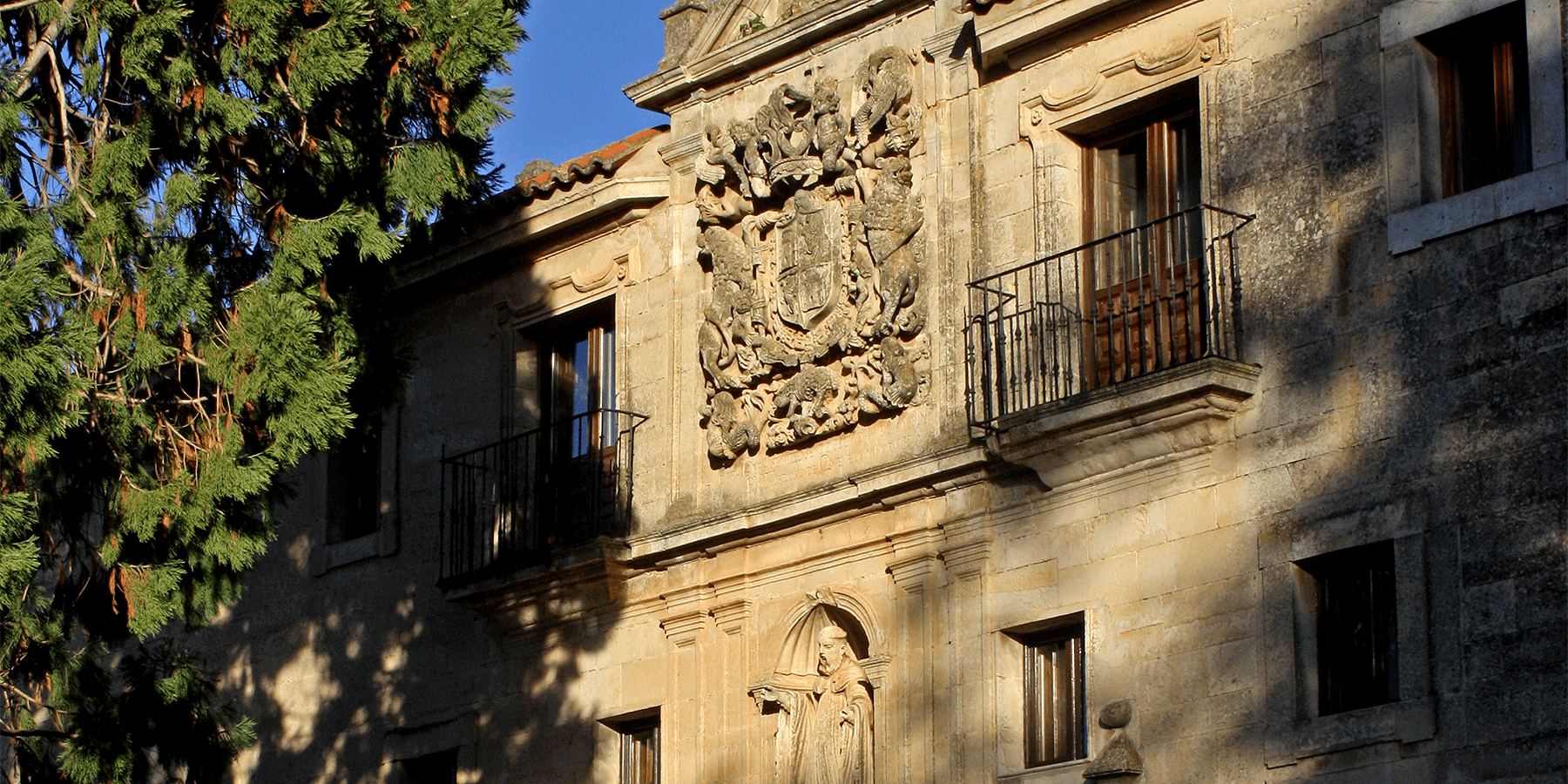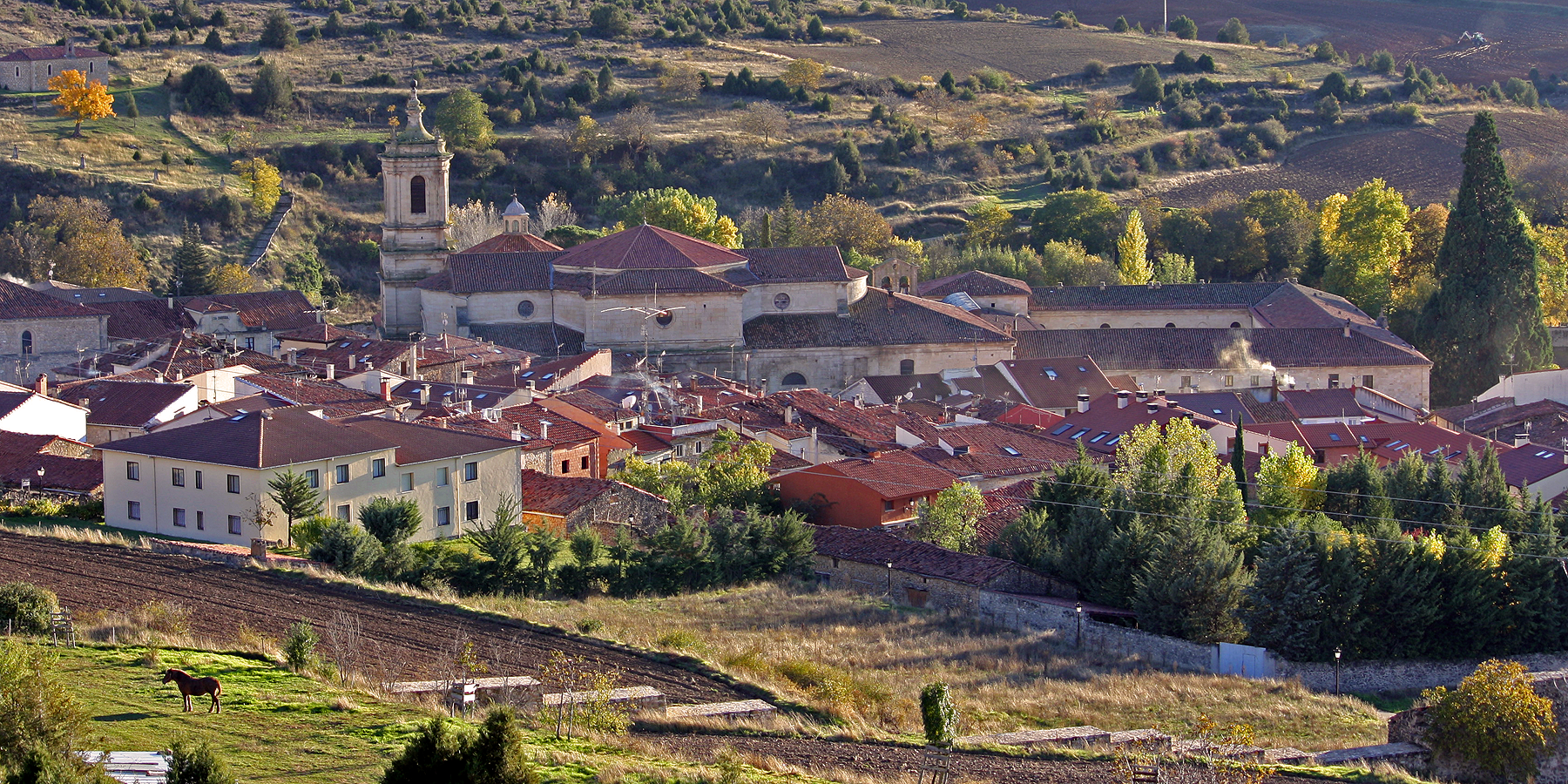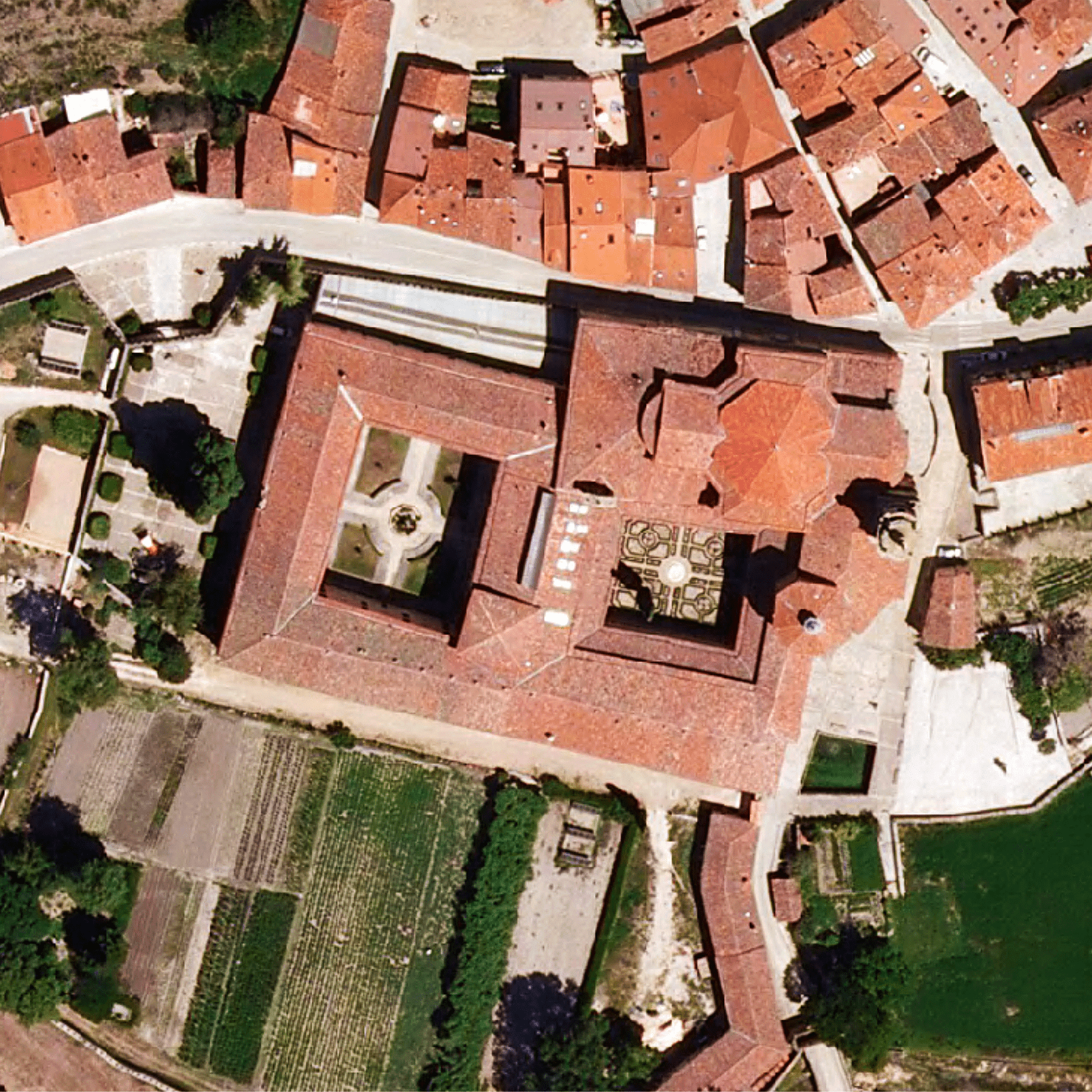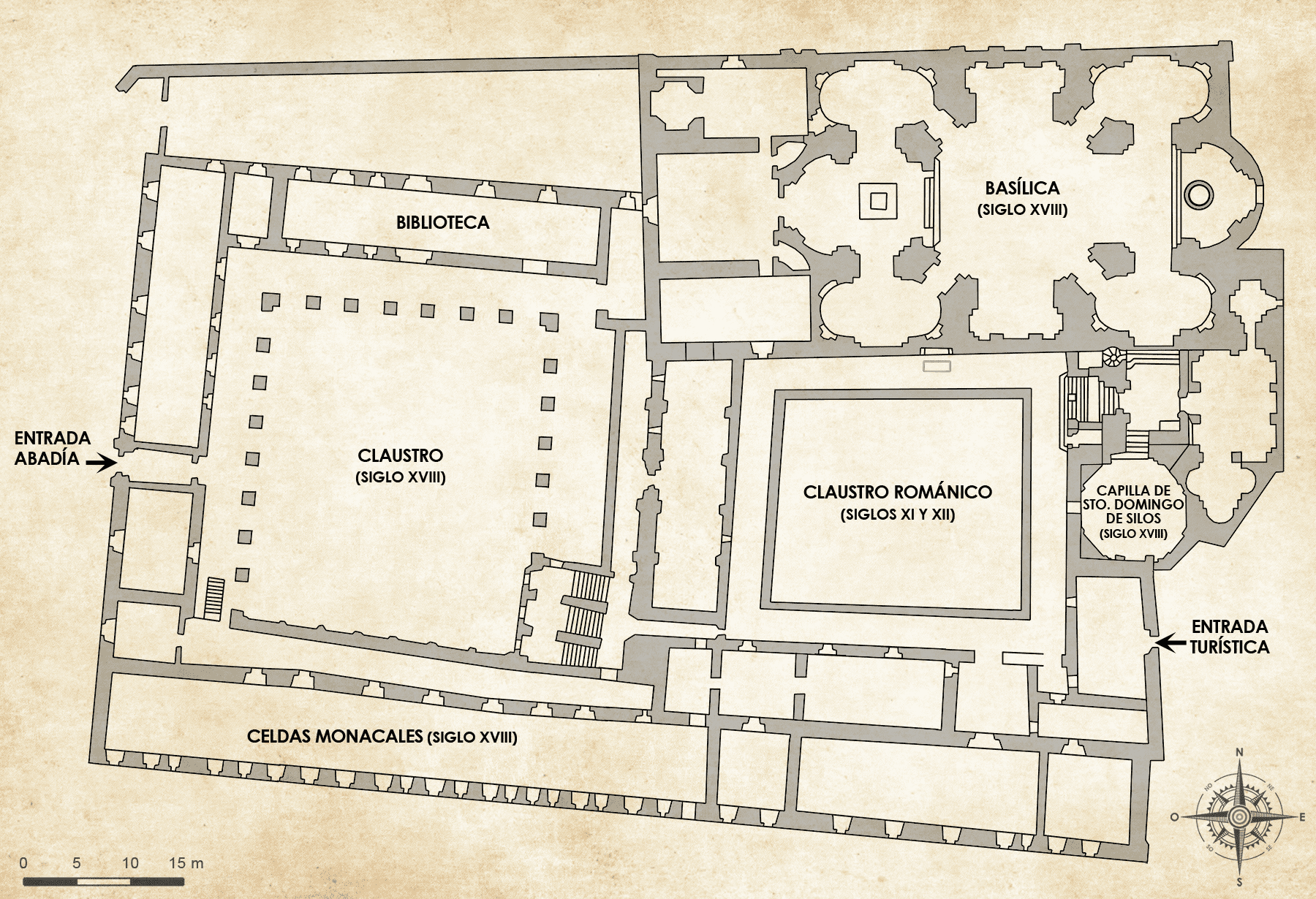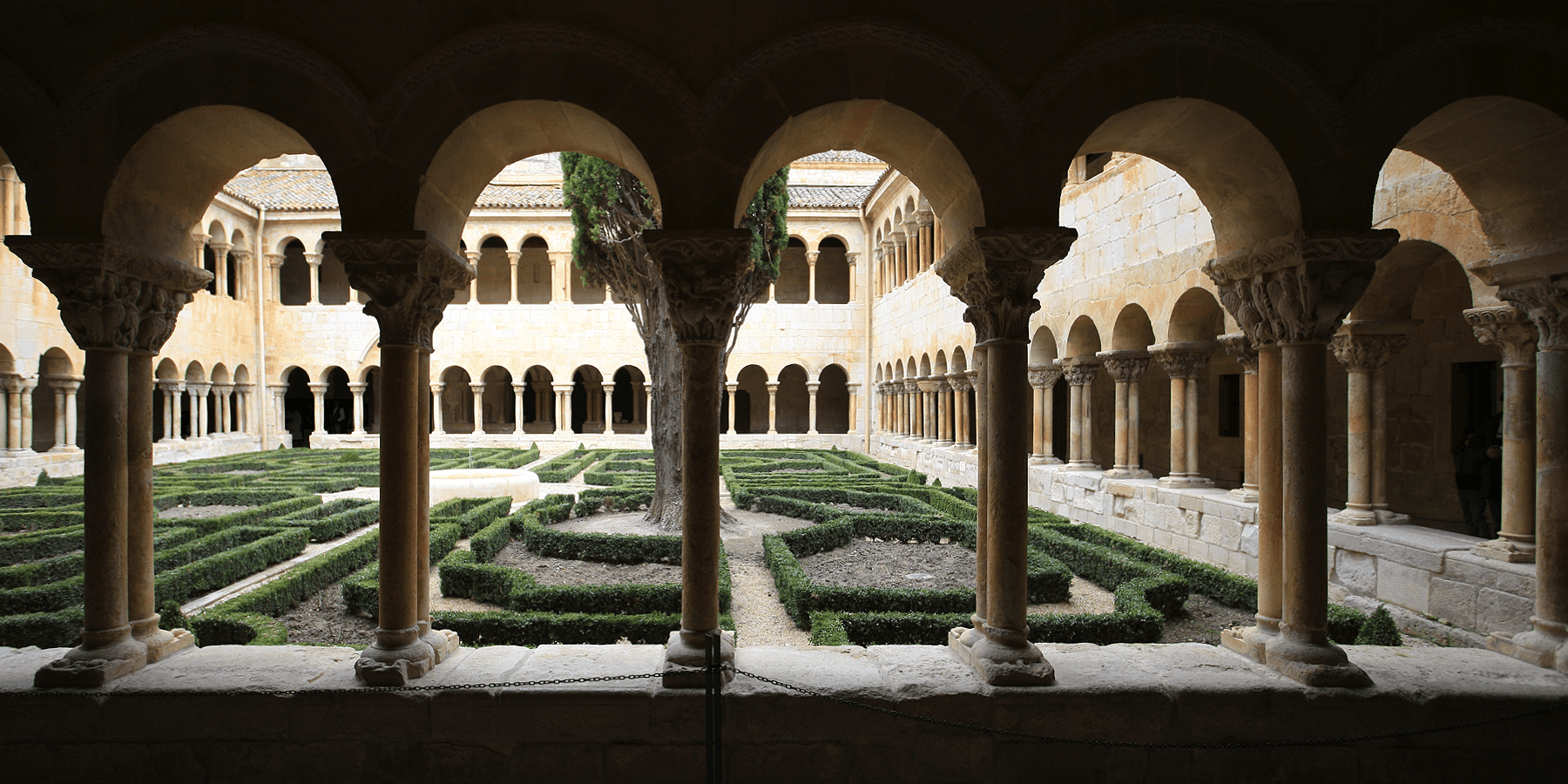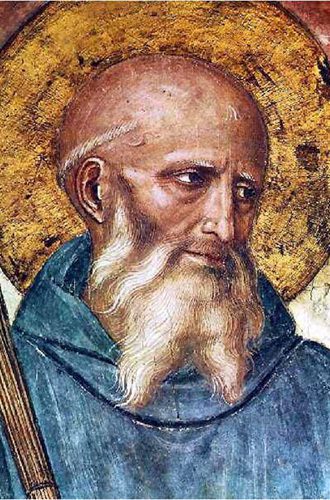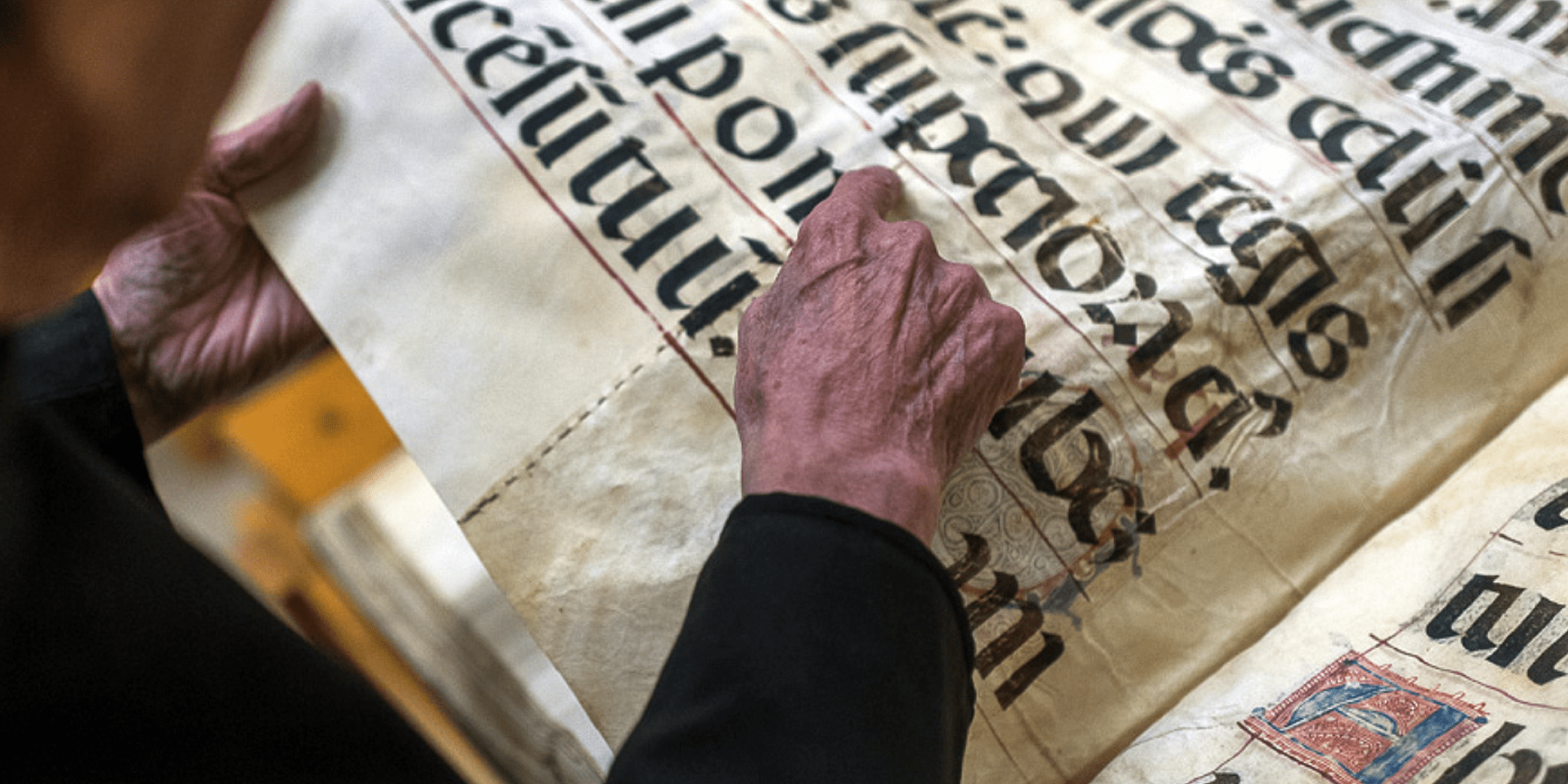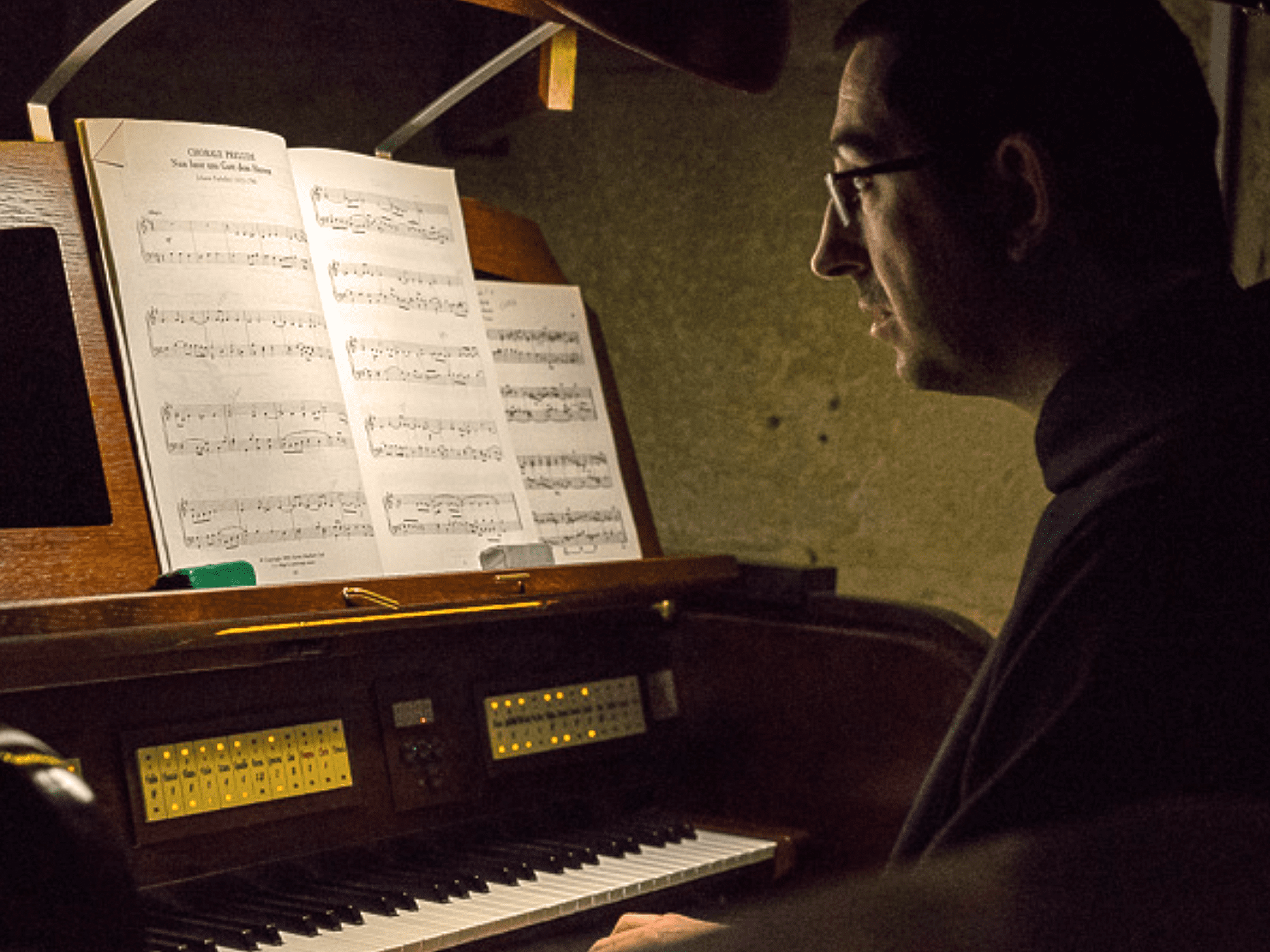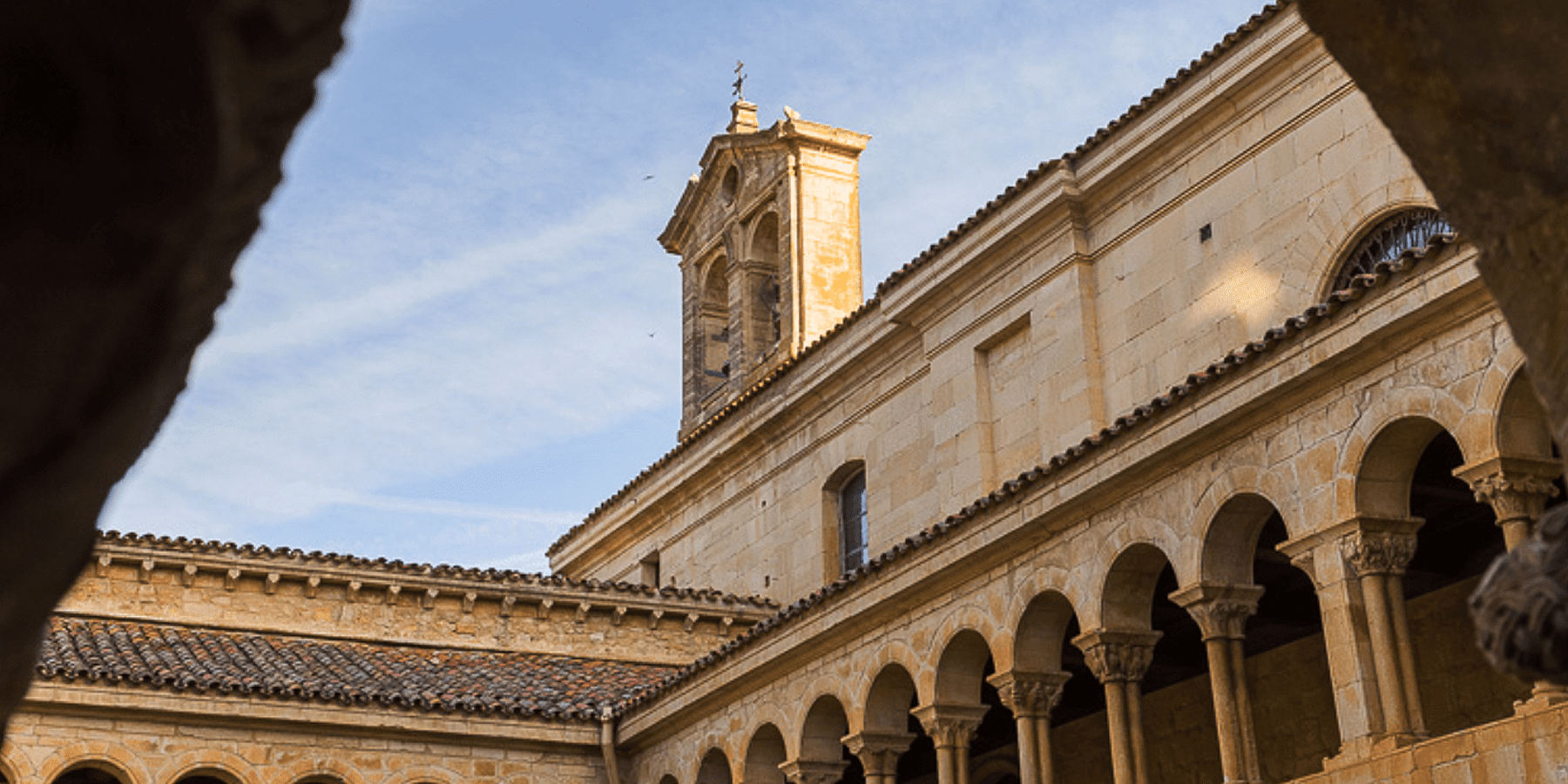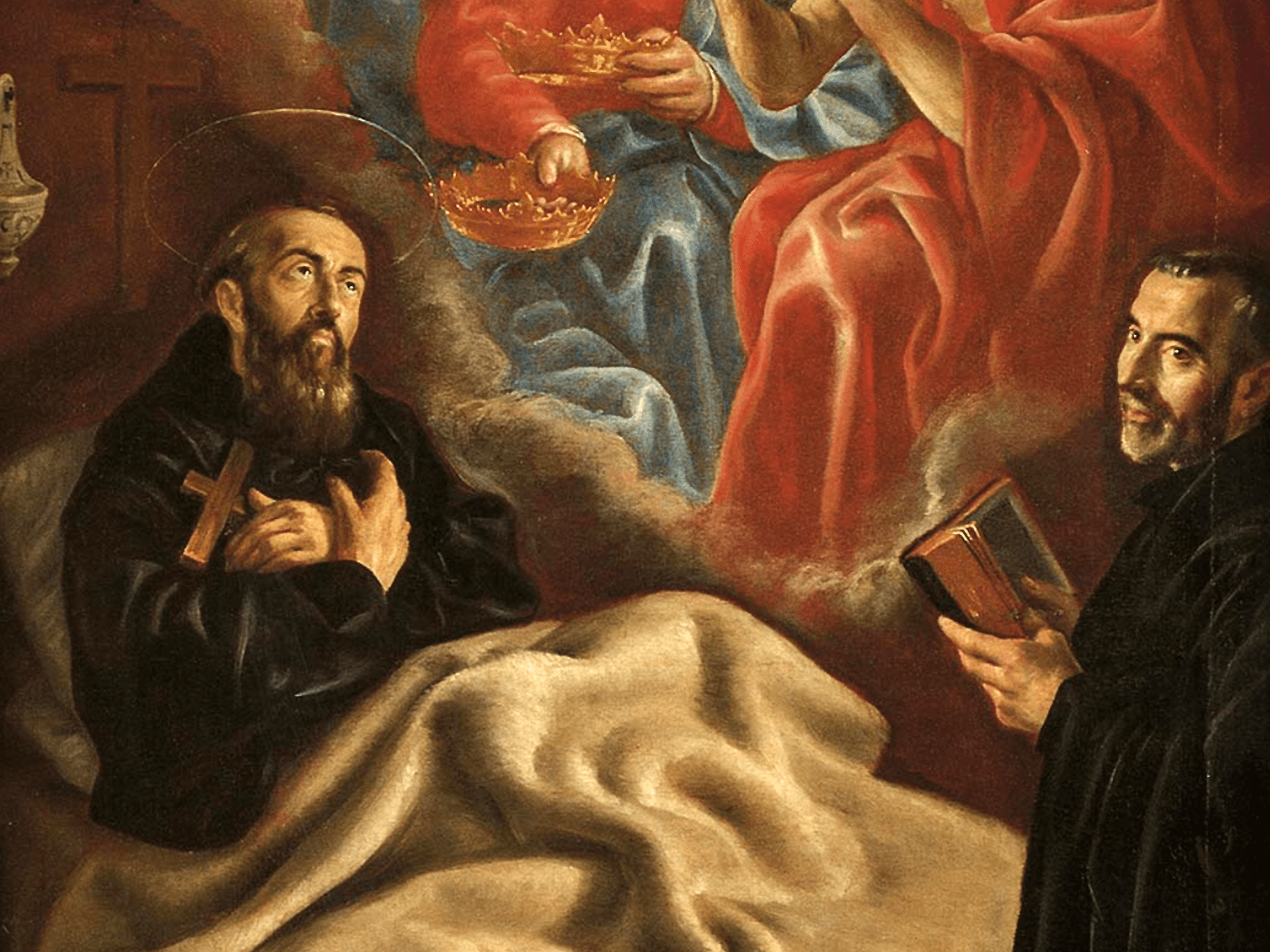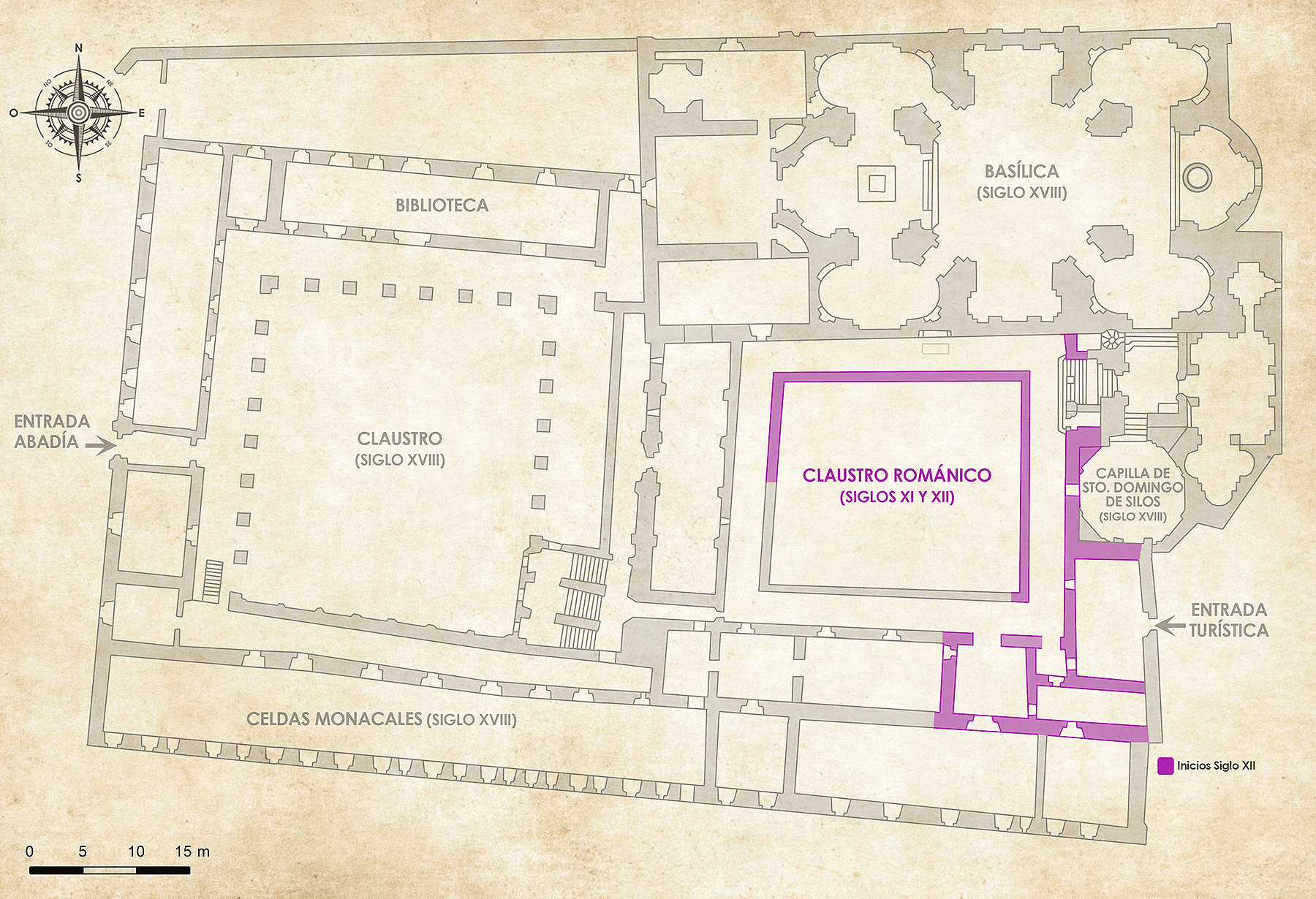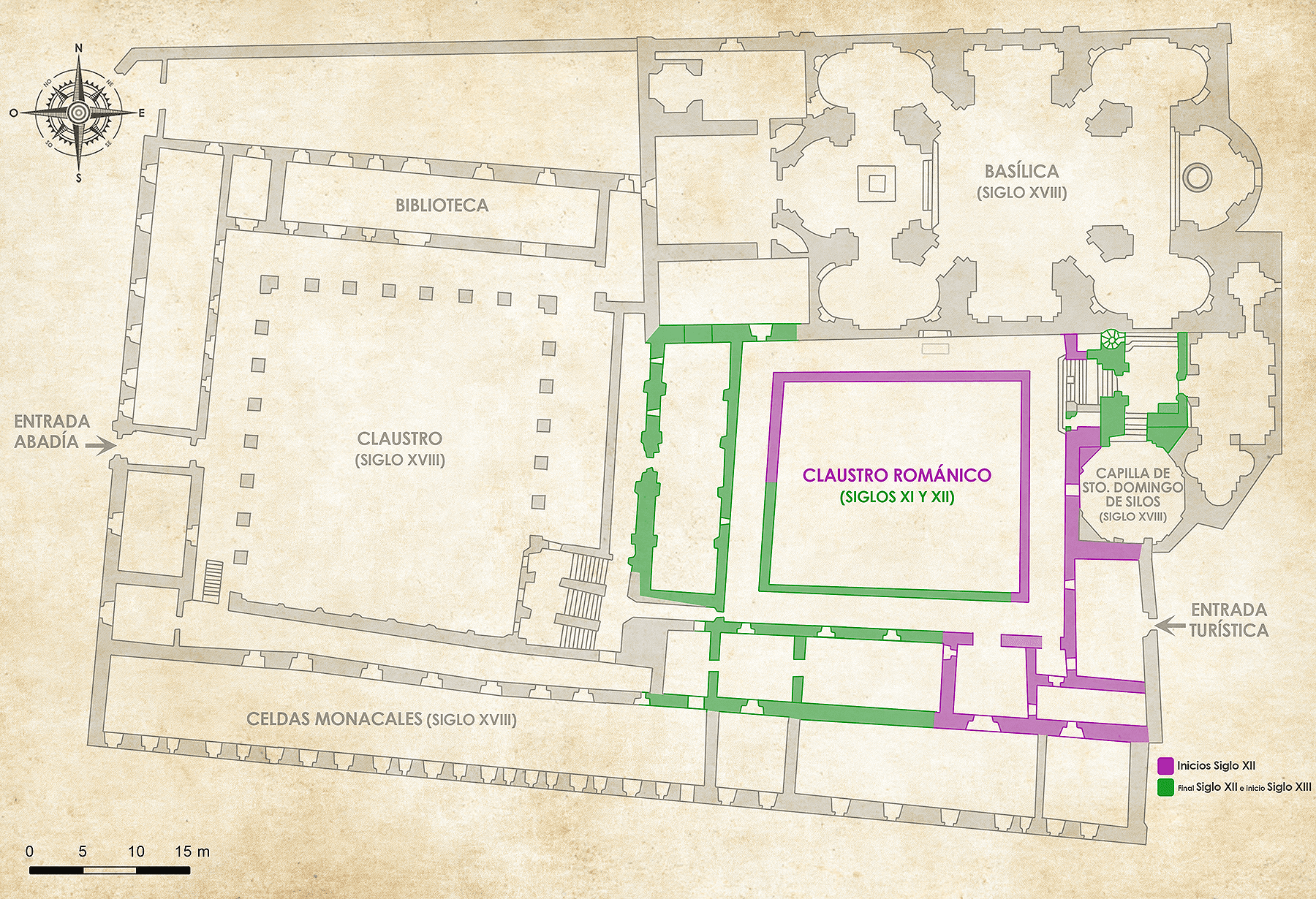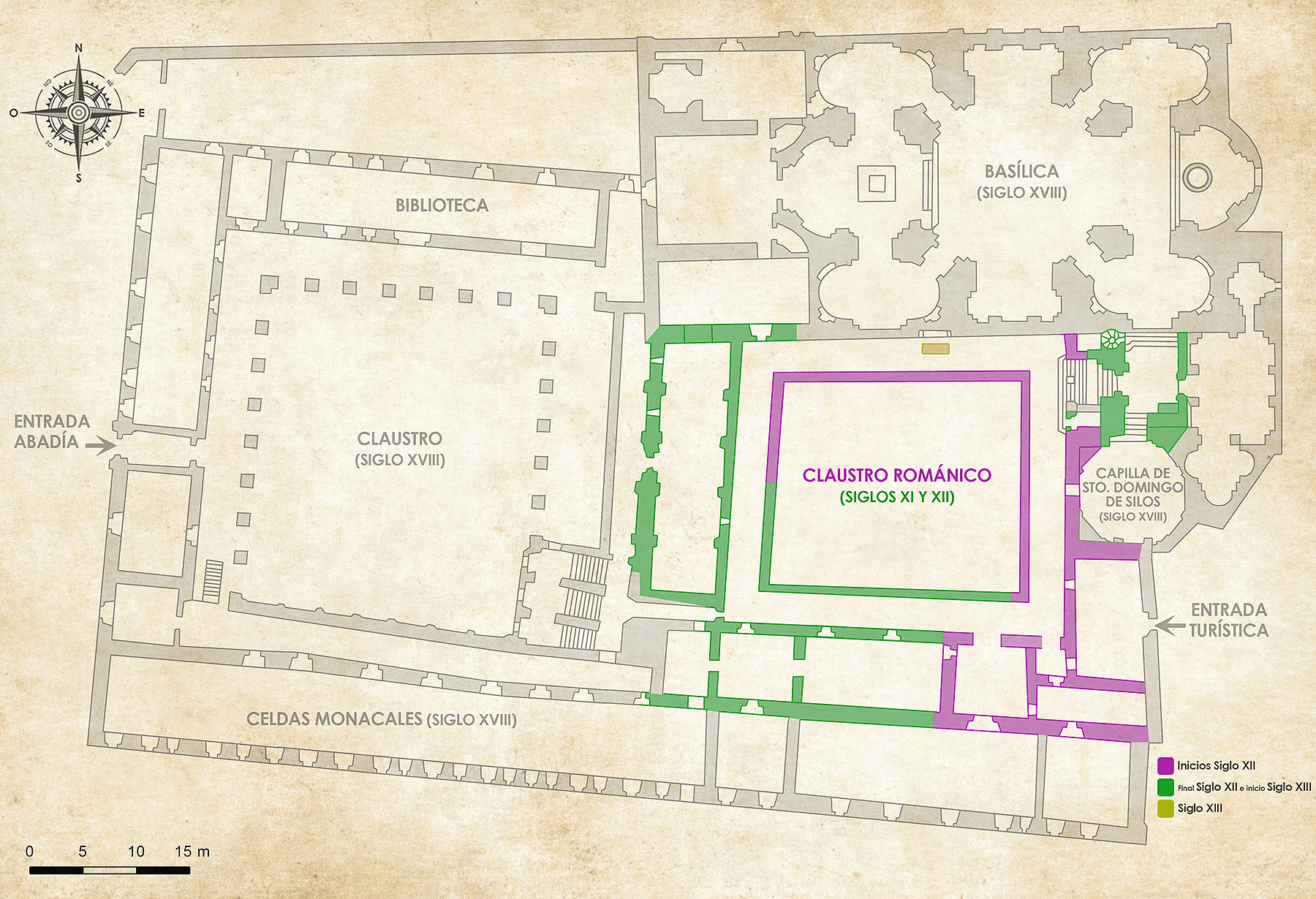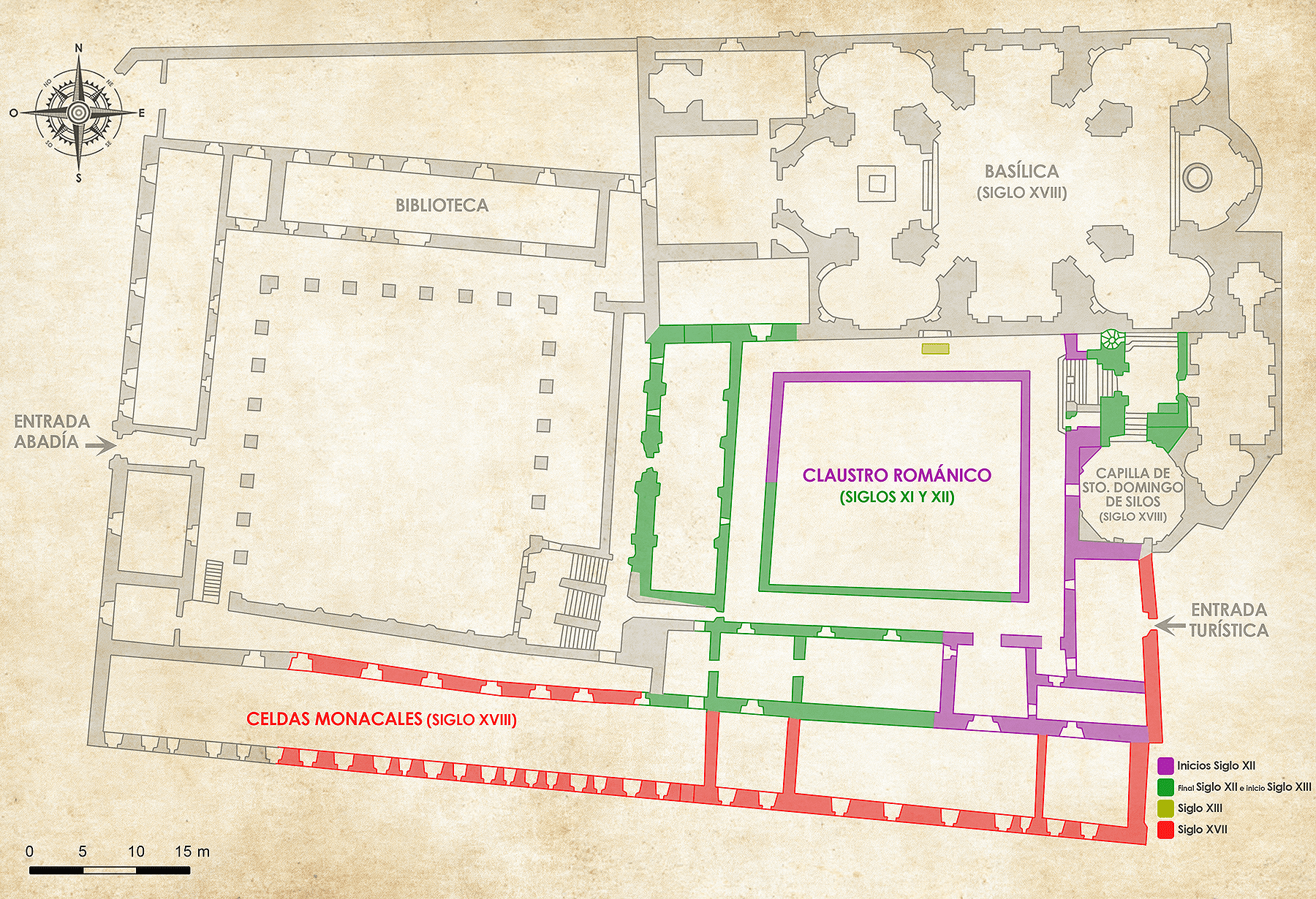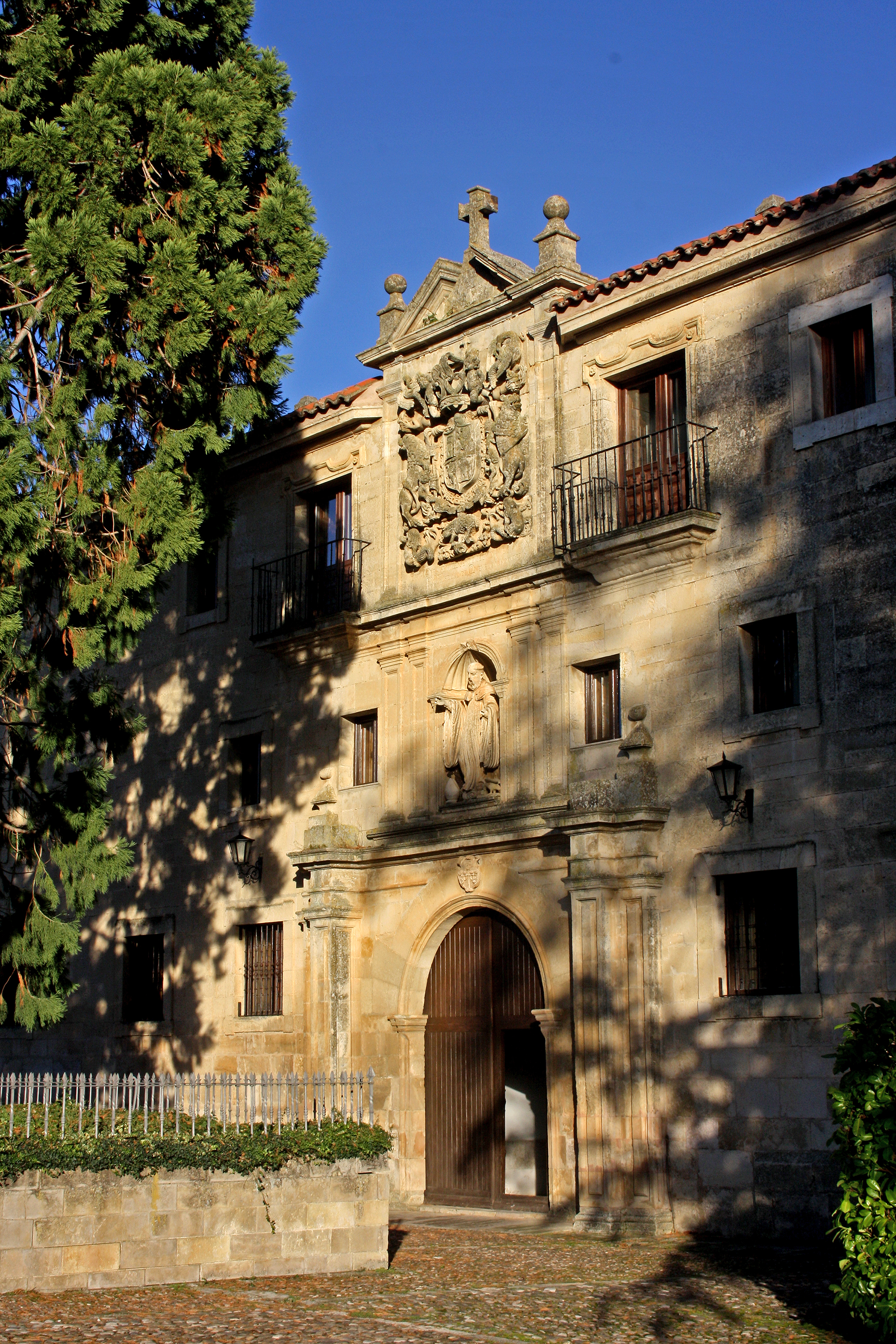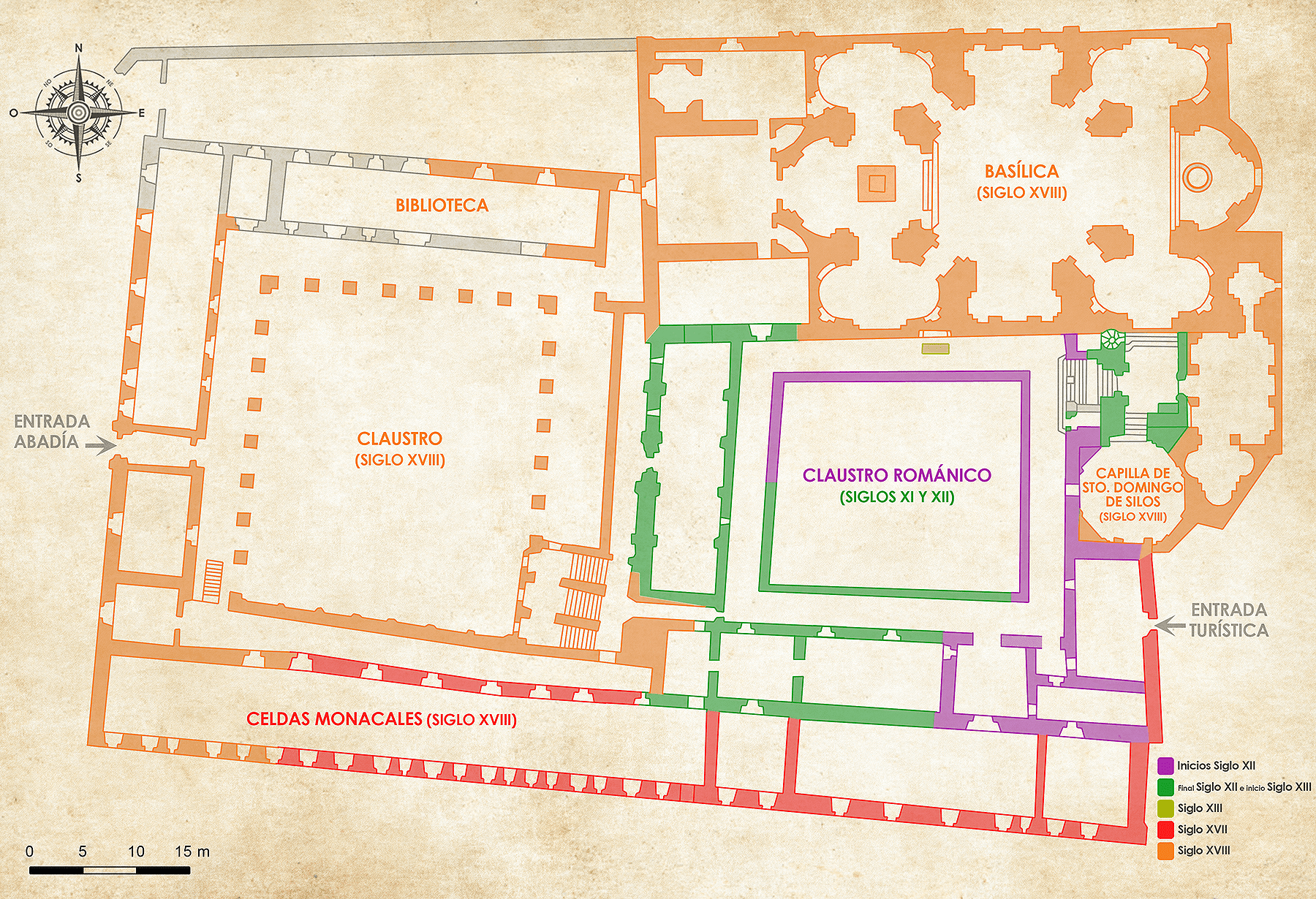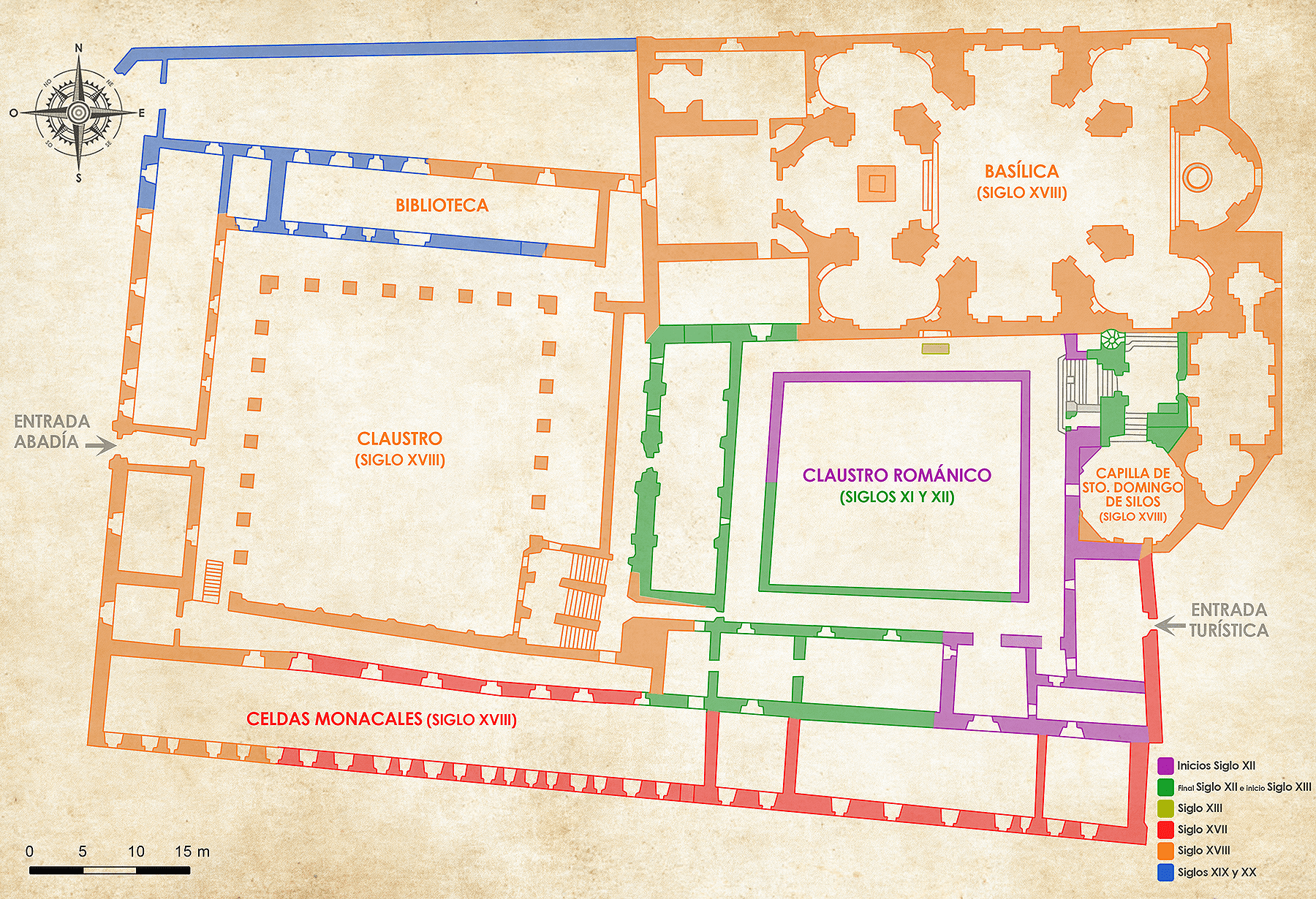
The monastery is the building complex in which the community of monks live, organised on the basis of a rule that guides their spirituality, regulates the liturgy of the religious services and the activities of prayer and work.
Architecturally, the monastery consists of different areas: the church, in which the liturgical celebrations are held and the cloister at the south of the church around which all the rooms are organised – the chapter hall and scriptorium to the east, the refectory or dining room and kitchen to the south on the ground floor and the dormitory on the upper floor and the guest quarters to the west. In addition to these buildings, there is a vegetable garden in the monastic enclosure itself, and a number of agricultural buildings scattered around. Other religious communities or priories and all the properties – farmland, farms, mills and surrounding hills, historically important although less so nowadays – depend on the monastery.
Between the last two decades of the 11th century and the first three decades of the 12th century, the church was extended, with an upper part with three apses added and a transept built later. In 1125, the monastery changed its name from Saint Sebastian to Saint Dominic and throughout the first half of the 12th century, it gained independence from episcopal jurisdiction and became directly dependent on the Holy See.
In the last third of the 12th century, the monastery underwent a period of renovation, reflected in the completion of the lower cloister and the construction of several annexes, the extension of the church to the west and the construction of a portico on the north façade. The first floor of the cloister was built at the beginning of the 13th century.
The late Middle Ages was a less brilliant period for the monastery and its buildings were barely extended. A 1384 fire affected a large part of the monastery which had to be rebuilt, at which time a panelled ceiling was added to the lower cloister.
In the early 16th century, the chapter hall was transformed into a burial chapel for the abbots of the monastery. In 1512, the monastery joined the Benedictine Congregation of Valladolid, one of the oldest and grandest monasteries in the city. Throughout the 16th century, several alterations were planned for the church and cloister although they were only carried out in the church: a chapel in the Gospel nave of the church and the opening of the southern transept to facilitate access to the sacristy.
In the first decade of the 18th century, the western façade of the Romanesque church door was built and the statues of Saint Dominic and those of the Kings Recaredo and Alfonso VI the Restorer, the presumed founder and benefactor of the monastery, were placed inside. Other alterations saw the removal of the portico on the northern façade. In 1732 it was decided to move the saint’s tomb from the church to a chapel above the old chapterhouse, which required the dismantling of the late Gothic roof of the old chapterhouse. The main entrance to the monastery is located on the western side while the façade in the centre is divided into three levels, the lower with a semicircular arcade, in the centre a niche with Saint Dominic and in the upper part a coat of arms with an inscription below showing 1739 as the year the work was undertaken.
In 1751, after obtaining permission from the Congregation of Valladolid, the original Romanesque church, which was in a very poor state of repair, was demolished. The project for the new church, whose plans are conserved in the monastery, was drawn up by Ventura Rodríguez, with the works directed by Antonio Machuca and assisted by the monk-architect Fray Simón Lexalde. Due to economic difficulties, several of the planned parts were removed and work was not completed until late 1793.
The unstable 19th century began with the invasion of Napoleon’s troops in 1808, a situation that forced the monks of Santo Domingo de Silos to protect their property from seizure. To prevent looting, the monks of the abbey hid a large part of the archive and the silver urn containing the relics of Saint Dominic in the small village of Moncalvillo de la Sierra, camouflaging other valuables inside the monastery. Ecclesiastical confiscation and the exclaustration of religious orders in 1835 marked the beginning of a 45-year period marked by an absence of monastic community life. However, until 1857, Father Abbot Rodrigo Echevarría remained at the monastery, first as the person charged by the government with taking inventories and looking after the building, and from 1846 as parish priest of Silos due to the death of Father Fulgencio Palomero, who also ran the pharmacy as apothecary and owner, having bought it in 1820. This allowed him to save several of the monastic goods, including the sacristy treasures, part of the library and its manuscripts and part of the pharmacy, which he left in the hands of priests from neighbouring villages. All the manuscripts went with him to Segovia, when he was appointed bishop of the diocese. On his death in 1875, he left these goods to the monks of Silos, now resident in Madrid, who finally put them up for sale with the proceeds going to the restoration of the monastery of Silos in response to a request made by the Archbishop of Burgos. In 1877, they were in the hands of an antiquarian in Paris and were put up for sale at auction, most of them being acquired by the National Library of Paris, the British Museum and a few other collectors which at least have made it possible to preserve these documents, although information on their final location has been lost for a small part thereof. The gradual ruin of the monastery buildings also led to the transfer of several works of art to the Provincial Museum of Burgos – chests, reliquaries, the enamel frontal from the tomb of Saint Dominic – despite the protests of the parish priest, Father Sisebuto Blanco, on the grounds that they were objects dedicated to worship and that the move was not authorised by the Archbishop of Burgos.
In 1862, the paintings in the monastery premises were taken to Burgos Museum, but not those in the church and sacristy, while the following year saw 6,090 volumes from the Silos library transferred to the provincial library in the city. Previously in 1850, Pascual de Gayangos had taken 402 volumes from the Silos library to the Royal Academy of History in Madrid.
In 1880, the new community of Benedictine monks from France moved in, ushering in a new period of renewal of the monastery’s spiritual life and its gradual restoration.

